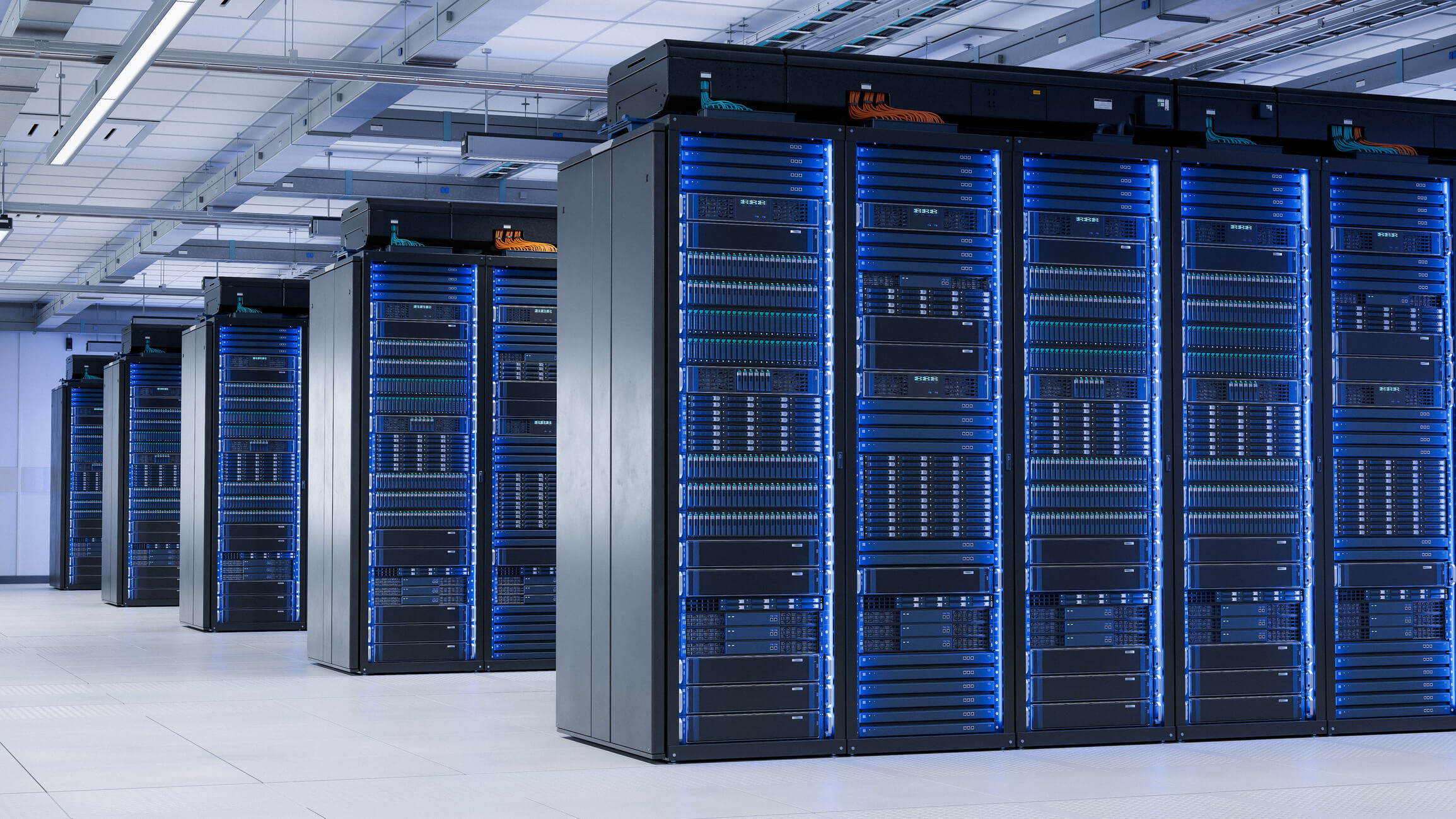This article was originally authored by Locana, which is now part of TRC.
Keep up with data and software with the scalability, speed, and security you want
The pace of innovation accelerates
With increasing volumes of data pouring in from every imaginable source and economic uncertainty impacting businesses globally, IT leaders are looking for new ways to manage resources while preparing for what’s to come.
This means evaluating current environments and looking for ways to move from outdated and increasingly inefficient legacy infrastructures, including aging servers, bloated data centers, and unreliable firewall appliances. And it includes abandoning hardware or software solutions no longer operating at optimum capacity.
For many, this means looking at the potential benefits of cloud computing. Companies can effectively scale resources, lower costs, accelerate business initiatives, and embrace emerging technologies as they become available. As an on-demand, self-service environment, cloud computing increases the time to value for digital transformation. With greater flexibility and agility comes the increased opportunity for businesses to reopen, reinvent, and outmaneuver uncertainty.

Keeping up with software can be challenging
As more companies seek to digitally transform operations and modernize, interest in cloud computing rises. Why? Because managing internal data centers and hardware today presents distinct digital challenges.
For example, utilities across the U.S. have digital transformation initiatives underway, prompting them to consider moving to the cloud. However, some still hesitate due to concerns around security, with high-profile data breaches making headlines and fear of being unable to meet their compliance commitments.
In addition, organizations often have already invested significantly in a data center. However, managing data centers has reached a critical point in today’s business world, where the challenges can no longer be ignored, especially for companies modernizing their IT infrastructure.
Datacenter investments often include hardware, data, and resources. Moreover, the inflexible nature of data centers leads to waste. Companies must account for peak computing requirements—meaning they need enough computing power, memory, and speed for the highest potential usage, even if it only occurs once a week, month, or quarter. In other words, on-premises infrastructures require the organization to pay for infrastructure to support maximum capacity, continuous upgrades and maintenance for these capabilities. This adds to costs and results in waste.
Traditional hardware management causes a roadblock for organizations trying to adopt emerging technology and remain competitive. Standard purchase cycles can occur every four to five years. Yet software and data upgrades can happen several times in the same year. This means your latest generation software may not work well after a few short years of your hardware purchase.
In addition, managing your hardware leaves an inflexible framework for taking advantage of things like AI, machine learning, 3D mapping and analysis, and other emerging technologies. You increase your opportunity cost even higher when locked into hardware that is not optimized for new and emerging software.
Yet taking a long-term, holistic view, migrating to the cloud provides a wealth of advantages to companies looking to innovate and take advantage of software and data in the most effective manner possible.
Utilities, commercial businesses, government agencies, and nonprofits can use the cloud to complete their digital transformation. With the cloud at its core, you can move from a piecemeal approach to a more holistic end-to-end digital transformation. You then possess the flexibility, scalability, and resource efficiency to navigate this change rapidly and move forward with a platform for business success. And you do it cost-effectively, using only what you need when you need it, with minimal in-house resource requirements.

The cloud delivers speed and scalability
Migrating to the cloud solves the challenges of scalability, security, cost, and more. When you move to the cloud to scale hardware as needed, you reduce costs. And because of the cloud’s offerings, such as data as a service and platform-as-a-service, the job of IT leaders becomes much more manageable. This includes functions like failover, archives, and backup.
Cloud migration provides incredible value. Deploying databases on an internal data center requires developing, executing, and managing your failover activities. In the cloud, that’s automatically managed; you can dedicate your resources to other priorities.
When you migrate to the cloud, you can use infrastructure as a service, which provides for all your hardware needs. By selecting this service, you can scale and adjust your computing power, memory, and storage as needed. You don’t have to create and maintain these services internally using finite resources.
This improves your internal IT ecosystem and provides safeguards when issues arise. For example, if you make a mistake on a virtual machine (VM) and want to restore it to the previous day at noon, you have that capability in the cloud using a platform-as-a-service approach. You don’t have to build and manage your virtualization strategy in the internal data center since that’s a cloud-native capability; you simply select it as “a checked box.”
If you need to increase computing power on VMs, you can do that quickly in the cloud. You can adjust storage and memory based on the day’s needs or increase storage by several terabytes for specific months based on need. Then you can decrease the following month. This service model includes a pay-as-you-go pricing model, which makes the costs, as well as the infrastructure, more efficient.
Your ability to adopt new and emerging technology dramatically increases because no internal data centers push innovation faster than cloud providers. When you move your enterprise GIS, you’re aligned with these emerging new technologies. You have the technical resources to plug machine learning into your organization’s data lakes for various operations, including automated features and data extraction from imagery, probe signals, and social media. You can detect visual data anomalies using cameras and computer vision models, perform location inference from text and natural language processing, and much more.
All of this adds to your organization’s cost savings. With scalable resource allocation and pay-as-you-go pricing, you have flexibility in the cloud you would not have otherwise. You adjust your infrastructure based on the consumption of the day. You can also reserve instances based on planned future activities. For example, you can reserve a VM in advance of a year for an anticipated spike in usage and pay for dedicated hosting and virtualization when an unforeseeable emergency arises. Cloud offerings give you these capabilities to respond to today’s challenges while preparing for tomorrow’s opportunities.


Your perfect cloud partner
For companies looking to take advantage of the cloud, TRC provides an array of services that can be tailored to meet your specific business needs and objectives. As an innovation-driven organization, we maintain deep experience and expertise in deploying cutting-edge technology to improve operations at a reduced cost and risk. Companies can use modern geospatial technology to enable their enterprise and deliver customer value spatially.
Specifically, TRC maintains an expert staff of solution architects with certifications in designing and executing an array of cloud capabilities. And because of our experience working with companies across industries and regions, we’ve developed patterns that help new clients migrate and take advantage of enterprise GIS in the cloud quickly and efficiently while maximizing savings. And through things like orchestrated scaling, we can automate processes to enable your staff to focus on the day’s priorities.
Here are five key questions to begin your journey for those now convinced cloud migration is right for them.
- What are your hardware purchase cycles like compared to your software purchase cycles?
- How does your organization currently adopt new and emerging technology?
- How do you maintain the ability to adopt modern solutions and apply enhancements?
- As your organization grows, how do you scale your systems efficiently?
- If moving to the cloud, how can you execute with limited risk?




